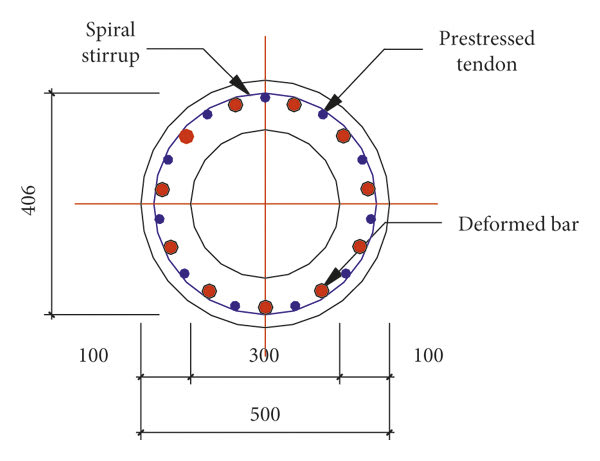I have a shear friction question. I am involved in a project where the structural engineer specified hollow precast concrete piles. See the attached sketch. This is already built. The connection of the pile to the pile cap is through rebar and poured concrete in the top of the hollow pile. See the sketch. It appears the engineer is counting on friction between the cast in place concrete and the inside surface of the pile. I understand ACI 318 to allow shear friction only if there is rebar across the joint. Since there is no rebar between the CIP concrete and the precast pile, ACI would not allow the use of the shear friction concept. Do you agree?
Eng-Tips is the largest forum for Engineering Professionals on the Internet.
Members share and learn making Eng-Tips Forums the best source of engineering information on the Internet!
-
Congratulations dmapguru on being selected by the Eng-Tips community for having the most helpful posts in the forums last week. Way to Go!
Shear Friction - Cast in Place Concrete & Precast Concrete 2
- Thread starter PEFLWI
- Start date


